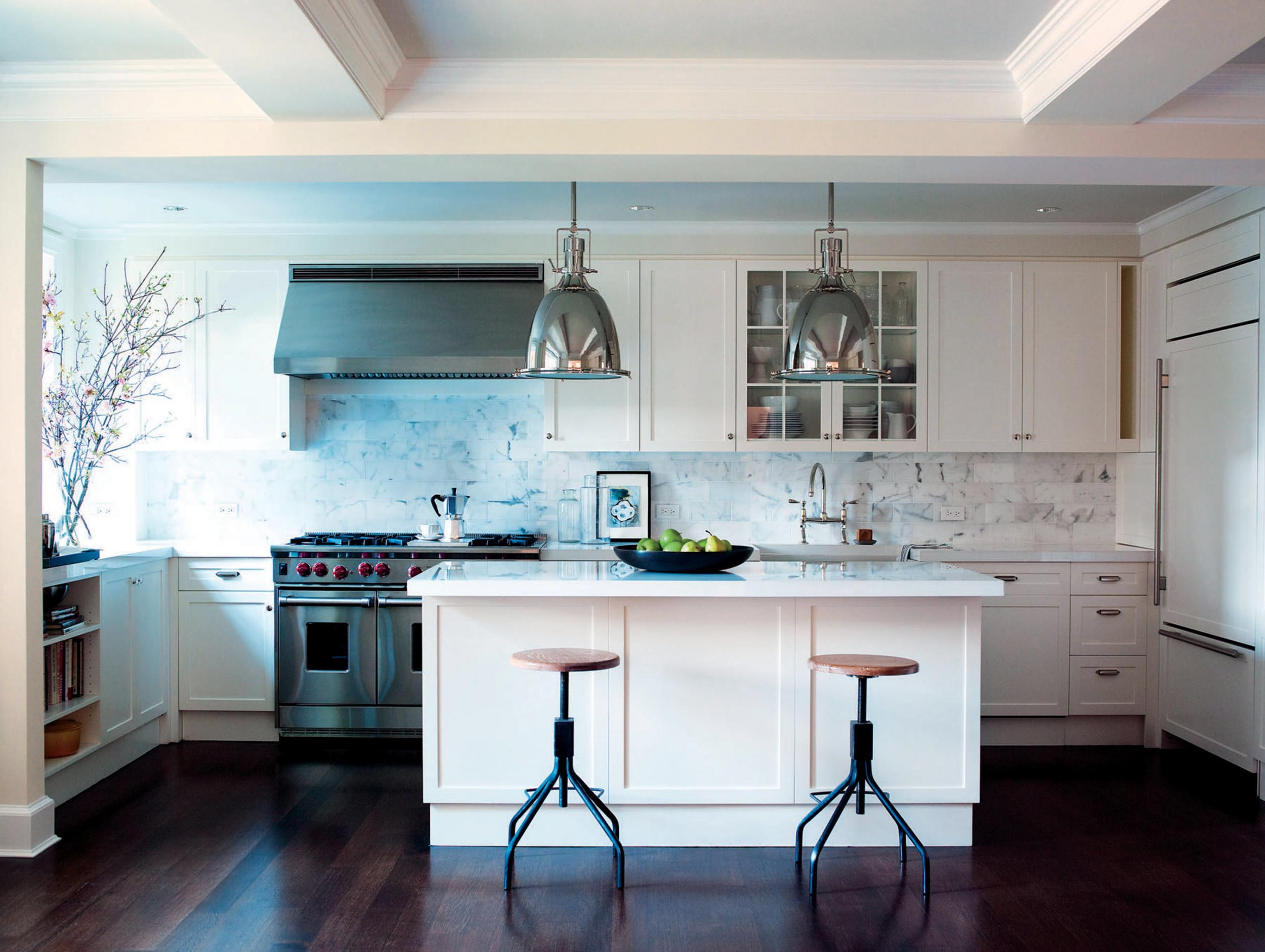Home insurance customers are being warned to look beyond the headline price and scrutinise excess levels, as some could face hefty contributions towards claims, potentially reaching hundreds of pounds.
Analysis by financial information firm Defaqto has revealed a creeping rise in excess levels on some home insurance policies in recent years.
The excess, the portion a customer pays towards a claim, can sometimes negate the value of making a claim, especially for lower-value incidents.
Defaqto’s findings highlight a significant shift in the market. In 2019, only 2 per cent of buildings insurance policies had a standard excess ranging from £251 to £400.
By April 2025, this figure had jumped to 13 per cent. Conversely, the most prevalent excess band, £51 to £100, has seen a decline in popularity, dropping from 60 per cent of available deals in 2019 to 45 per cent currently.
This trend underscores the importance of carefully reviewing policy details before committing to a home insurance product.

Defaqto said it had also found several products implementing a standard excess of more than £400.
It also found that the proportion of policies that allow the standard excess to be reduced to £50 or less, in return for paying an increased premium, has fallen from 25 per cent in 2019 to just 11 per cent.
Many buildings insurance policies also specify an excess of more than £400 for escape of water claims, researchers said.
Contents insurance products are following a similar pattern, Defaqto found.
The proportion of policies on the market with a standard excess of £25 to £400 has risen to 11 per cent, up from 1 per cent in 2019, while the proportion of those offering a £51 to £100 excess has fallen from 59 per cent to 46 per cent.
Angela Pilley, a home insurance expert at Defaqto, said: “While many people focus on the premium when choosing insurance, it’s just as important to consider the excess.
“In the event of a claim, this is the amount you’ll need to pay towards the cost, and in some cases high excesses can make it uneconomical to claim at all.
“If your excess is £400 and your claim is only £500, it may not be worth pursuing.
“Checking the fine print is essential to make sure your policy offers real value.”
A spokesperson for the Association of British Insurers (ABI) said: “Home insurance continues to provide a vital safety net should the worst happen, with insurers paying out a record £886 million for damage to people’s homes and possessions in the first three months of the year.
“A number of factors, such as inflation, can lead to insurers re-evaluating excesses in the policies they offer, and some people may choose a policy with a higher excess to manage the cost of cover.
“We would always recommend shopping around to find a policy that truly meets your needs and don’t base the decision on price alone. As always, carefully review your policy documents to fully understand the terms, conditions, and any exclusions.”
Four key tips from Defaqto for choosing home insurance include:
- Check the excess on both buildings and contents insurance – do not assume they are low.
- Look out for specific claim excesses, such as for water damage or accidental damage.
- Compare policies carefully and consider whether a slightly higher premium with a lower excess may offer better value.
- Consider whether you could afford to pay a high excess if the unexpected happened.


